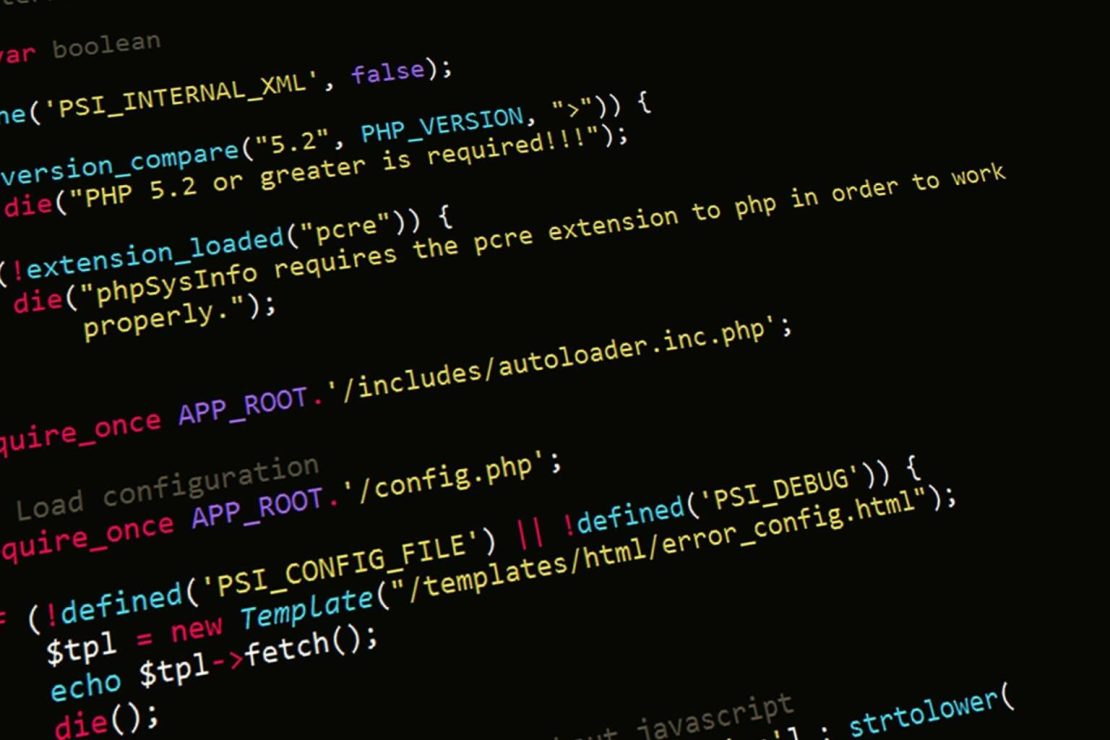
Welcome to the world of Laravel, where streamlined workflows and efficient coding practices reign supreme! If you’re a startup looking to boost productivity and simplify your development processes, Laravel’s Helper Functions are here to save the day. Say goodbye to repetitive tasks and hello to smoother operations with these powerful tools at your disposal. Let’s dive in and discover how Laravel’s Helper Functions can revolutionize your startup workflow!
Understanding the Benefits of Using Helper Functions in Startup Workflows
When it comes to running a startup, efficiency is key. Every minute counts, and anything that can streamline workflows is worth considering. This is where Laravel’s helper functions come into play – they are like little productivity hacks that can make your life easier.
By using helper functions in your startup workflows, you can significantly reduce the amount of code you need to write for common tasks. This not only saves time but also minimizes the chances of errors creeping into your codebase.
Laravel’s helper functions are designed to be intuitive and easy to use, making them accessible even for developers with limited experience. They provide a clean and concise way to perform common operations without having to reinvent the wheel every time.
Incorporating these helper functions into your workflow can lead to faster development cycles and more reliable code. It’s all about working smarter, not harder – something every startup founder can appreciate.
Examples of Popular Laravel Helper Functions for Streamlining Workflows
When it comes to streamlining workflows in Laravel, helper functions are like your best friends – always there to make your life easier. Let’s dive into some popular ones that can supercharge your startup processes.
First up, we have the `request()` function. This little gem allows you to access input data from forms without all the hassle of manual retrieval. Need to fetch a specific value? Just call `request(‘key’)` and voila!
Next on the list is `route()`. Say goodbye to hardcoding URLs in your application. With this helper function, you can generate URLs for named routes effortlessly, keeping your code clean and maintainable.
For those moments when you need to quickly check if a variable is empty, look no further than `empty()`. It’s a simple yet powerful tool that helps streamline conditional logic in your workflows.
And let’s not forget about `collect()`, which turns arrays or objects into convenient collections for easy manipulation and iteration. Talk about simplifying complex tasks with just one line of code!
With these examples at your disposal, leveraging Laravel’s helper functions will undoubtedly turbocharge your startup workflow efficiency.
How to Implement Laravel Helper Functions in Your Startup Workflow
Implementing Laravel helper functions in your startup workflow is a game-changer. To get started, familiarize yourself with the extensive list of helper functions provided by Laravel. These helpers cover a wide range of tasks from string manipulation to array handling.
Once you have identified the specific helpers that align with your workflow needs, integrating them into your codebase is straightforward. Simply call the desired function within your application where needed to enhance efficiency and productivity.
Remember to leverage the power of namespaces when incorporating helper functions to avoid conflicts or confusion within your code structure. This ensures seamless integration and smooth execution of functionalities without any hiccups along the way.
Regularly updating yourself on new releases and additions to Laravel’s helper functions can help you stay ahead in optimizing your startup workflows for maximum effectiveness and streamlined operations.
Common Mistakes to Avoid When Using Helper Functions
When integrating Laravel’s helper functions into your startup workflow, there are some common mistakes to watch out for. One pitfall is overusing helper functions when a custom solution might be more efficient. It’s important to strike a balance and not rely too heavily on helpers for every task.
Another mistake is not familiarizing yourself with the available helper functions before diving in. Take the time to explore Laravel’s documentation and understand how each function can streamline your workflow effectively.
It’s also crucial to avoid reinventing the wheel by creating custom functions that replicate what Laravel helpers already offer. Leveraging these built-in tools can save you time and effort in the long run.
Overlooking updates and changes in Laravel versions can lead to compatibility issues with helper functions. Stay informed about updates and adapt your workflow accordingly to prevent any disruptions down the line.
Conclusion
Streamlining startup workflows is crucial for maximizing efficiency and productivity. Laravel’s helper functions provide a powerful toolset to simplify common tasks and boost development speed. By leveraging these helper functions effectively, startups can save time, reduce errors, and focus on building innovative solutions.
Implementing Laravel’s helper functions in your workflow requires understanding the benefits they offer and how to use them efficiently. Avoid common mistakes such as over-reliance on helpers or misuse of functionalities to ensure smooth integration into your development process.
Incorporating Laravel’s helper functions into your startup workflow can significantly streamline operations, enhance code readability, and accelerate project delivery. Embracing these tools empowers developers to work smarter, not harder – ultimately driving success for their startups in today’s fast-paced digital landscape.